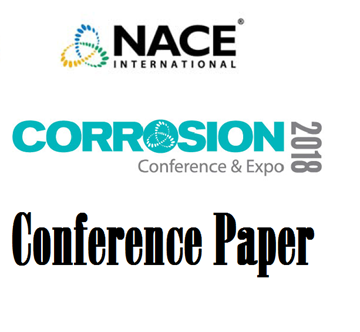Search
Products tagged with 'magnetite'
View as
Sort by
Display
per page
51318-11027-Formation Mechanisms of Iron Oxide and Iron Sulfide at High Temperature in H2S Corrosion Environment
Product Number:
51318-11027-SG
Publication Date:
2018
$20.00
51318-11071-Corrosion Behavior of Naphthenic Acids Isolated from Vacuum Gas Oil Crude Fractions
Product Number:
51318-11071-SG
Publication Date:
2018
$20.00
51318-11622-Effectiveness of an imidazoline-type inhibitor against CO2 corrosion of mild steel at elevated temperatures (120C-150C)
Product Number:
51318-11622-SG
Publication Date:
2018
$20.00
Comprehensive Laboratory Analysis Of AC Coupon Test Stations
Product Number:
51322-18151-SG
Publication Date:
2022
$20.00
Galvanic Interactions Between Surface Layers And Bare Carbon Steel In Aqueous CO2 Environments
Product Number:
51322-17654-SG
Publication Date:
2022
$20.00
Impact of Fe3O4 on the Performance of an Imidazolinium-Based Inhibitor for Mitigation of CO2 Corrosion of Carbon Steel
Product Number:
51323-19072-SG
Publication Date:
2023
$20.00
Investigation of Amorphous Deposits and Potential Corrosion Mechanisms in Offshore Water Injection Systems
Product Number:
51317--9433-SG
ISBN:
9433 2017 CP
Publication Date:
2017
$20.00
Modified magnetite surface layers on carbon steel in aqueous CO2 environments
Product Number:
51323-19127-SG
Publication Date:
2023
$20.00








